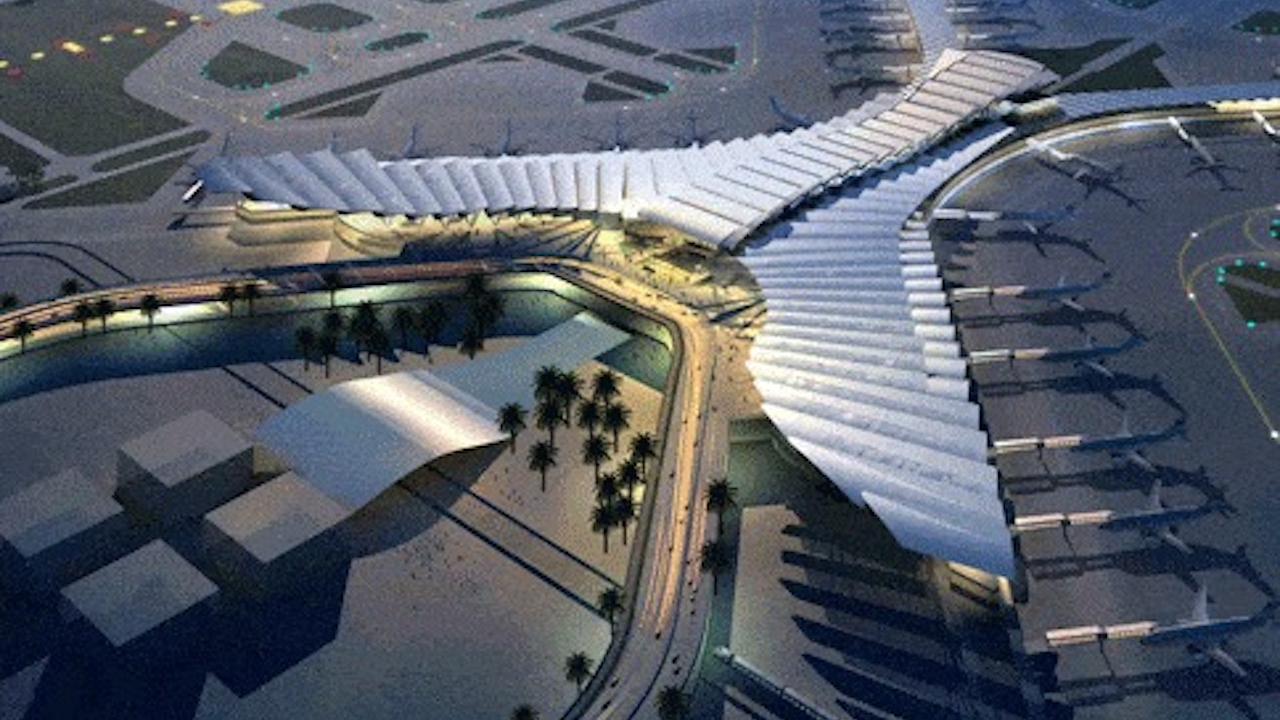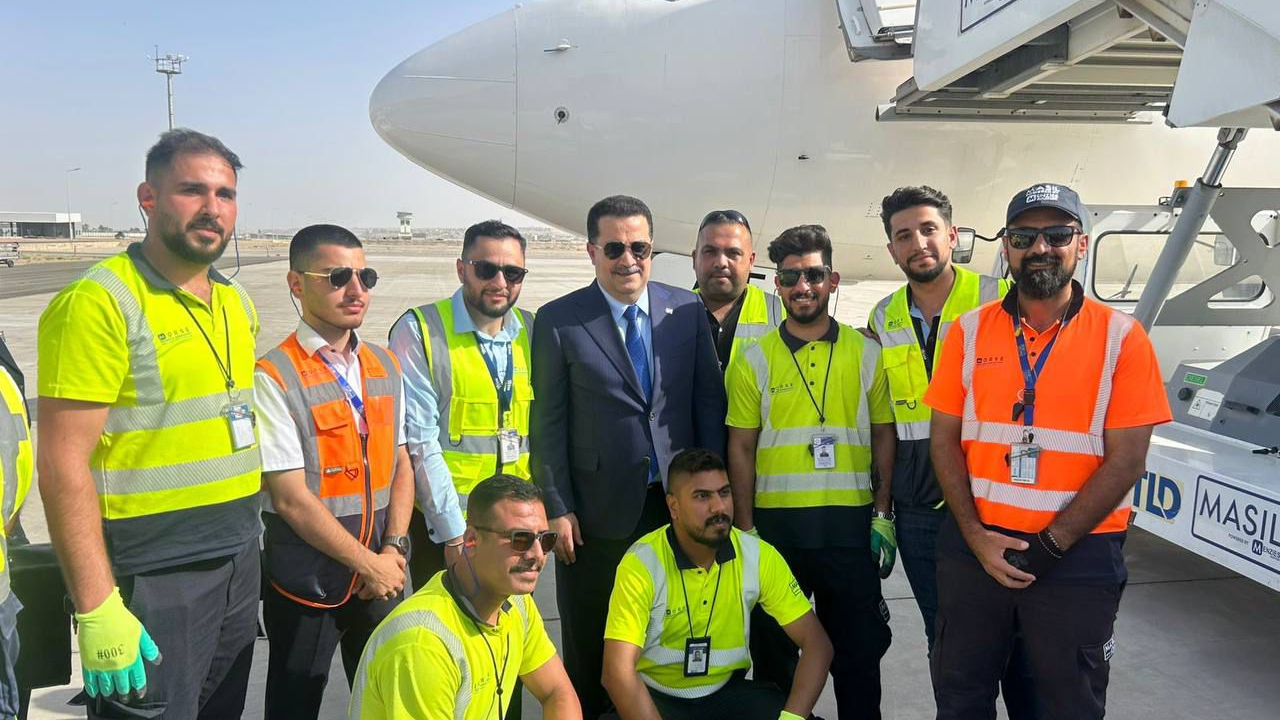KAIA's e-gateway to a global hub
Saudi Arabia's holistic development strategy is bearing fruit with King Abdulaziz International Airport (KAIA) in Jeddah reaching a historic milestone in 2024 with the highest annual operational figure in the history of Saudi airports. Passenger numbers are soaring, showcasing the sustained attractiveness of the kingdom.

Efficiency and growth: King Abdulaziz International Airport (KAIA). IMAGE: Modern Technology Laboratory
KAIA welcomed a record breaking 49.1 million travellers in 2024, marking a 14 per cent increase compared with 2023. Figures are still on the rise.
CEO of Jeddah Airports, Eng. Mazen Johar, attributes these “record-breaking numbers to the airport's accelerated operational growth, enabled by the unwavering support of the kingdom’s leadership and the close oversight of the Ministry of Transport and Logistics”.
Last February, KAIA launched 70 e-gates, modern technologies and AI for more secure and faster passenger processing across terminal one and executive office facilities. This will speed up travel for 175,000 passengers daily.
Jeddah Airport is the third Saudi airport to deploy the e-gate system, following its successful deployment at King Khalid International Airport in Riyadh and Neom Bay Airport. Last year, the first phase of e-gates were inaugurated at terminals three and four of King Khalid International Airport, thus establishing Riyadh Airport as the first Saudi airport to implement biometric e-passport scanners.
According to KAIA’s management, this landmark accomplishment highlights the airport’s efficiency and growth, setting new benchmarks in passenger traffic. Adding that, it not only underscores the airport’s importance, but also emphasises Saudi Arabia’s growing status as a global hub for transportation and tourism.
The implementation of e-gates at KAIA aligns with Saudi Arabia’s Vision 2030 which seeks to achieve a long-term goal of 150 million annual visitors by 2030.
Saudi Arabia welcomed more than 128 million travellers in 2024. Air connectivity also surged last year, recording a 16 per cent increase, with Saudi Arabia now linked to over 170 destinations worldwide. The Kingdom’s Vision 2030 prioritises tourism and hospitality to diversify the economy. This focus has led to significant investments in infrastructure, including airports. KAIA has thus benefited from expanded route networks by national and international carriers. New destinations and additional flights to existing routes have improved accessibility, driving passenger and flight growth.
At present, Jeddah Airport is connected to the RSAF air base and is the operational base of the kingdom’s flag carrier. Most of the Middle Eastern airlines provide their services via this airport, including Flyadeal, Flynas, Qatar Airlines and more.
As infrastructure upgrades continue, the airport remains a vital gateway to the holy cities of Makkah and Madinah, as well as an increasing number of Red Sea destinations.
Last March, KAIA also made a significant step in its journey to decarbonisation by joining the ACI Airport Carbon Accreditation programme at level two reduction. This achievement highlights the airport’s commitment to effective carbon management in line with Saudi Arabia’s Vision 2030 for a greener and more sustainable future.
Operated by Jeddah Airports Company, KAIA is actively reducing its scope one and scope two emissions by integrating innovative solutions to minimise its environmental impact through the deployment of solar energy, with 340 solar panels generating 150,000 Watts of clean energy to power environmentally-friendly facilities. In addition, the airport has embraced energy-efficient lighting systems, reducing overall energy consumption by up to 70 per cent.
The transition to electric ground support equipment is also playing a crucial role in the airport’s decarbonisation efforts with a total of 13 electric charging stations now in operation, supporting the gradual replacement of fossil fuel-dependent airport vehicles.
These initiatives show the airport’s commitment to reducing its carbon footprint, which now stands at approximately 73.5 kilotons of CO₂ annually.
Stay up to date
Subscribe to the free Times Aerospace newsletter and receive the latest content every week. We'll never share your email address.


